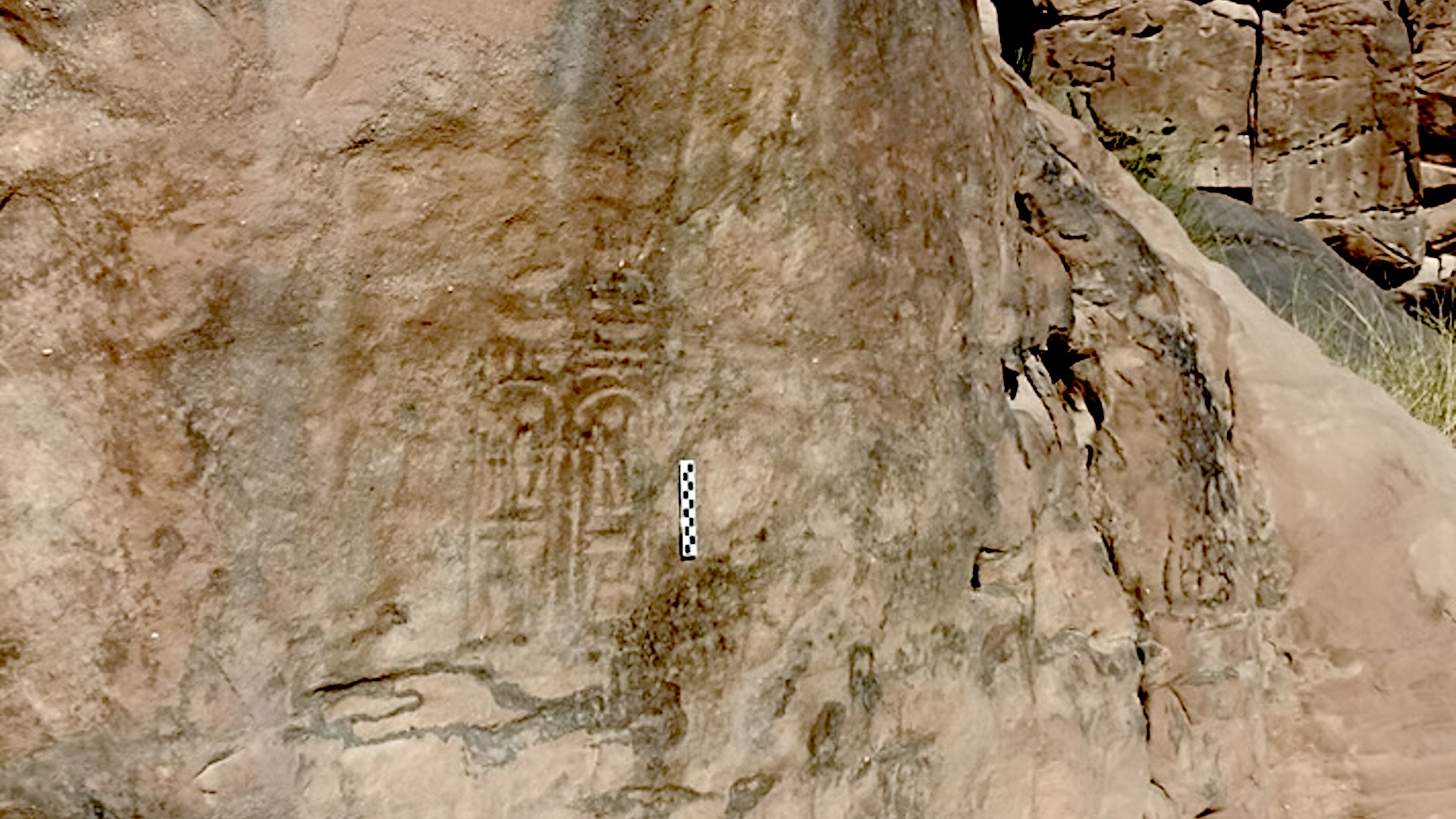
New Source Found For Cold, Deep Antarctic Currents

With help from seals, scientists have discovered a new source for the coldest, deepest water in the ocean.
Instruments glued to seals' heads tracked Antarctic Bottom Water flowing down deep canyons off Cape Darnley in East Antarctica. The spot was an unexpected font of the bottom water — cold, dense, salty water — because it lacks the broad underwater shelf of the unique current's three known sources. These shallow shelves stick out from the continent's edge. Cold water flows over the edge to the abyssal depths like a frigid underwater waterfall.
Finding the Cape Darnley bottom water, which accounts for about 10 percent of the world's Antarctic Bottom Water, solves a long-standing problem. The amount of cold water coming from Antarctica exceeded that from the three other sites.
"At least one more source was inferred to exist, but had stubbornly eluded detection," Michael Meredith, an oceanographer with the British Antarctic Survey, wrote in an article accompanying the study in the journal Nature Geoscience. Meredith was not involved in the research.
"Our discovery is the missing piece of a 30-year-old puzzle regarding the circumpolar distribution of global Antarctic Bottom Water supply," said Kay Ohshima, an oceanographer at Hokkaido University in Japan and lead author of the study.
The discovery will also affect climate change models, in which bottom water circulation plays an important role. The deep bottom current drives large-scale ocean circulation, helping regulate Earth's climate, Ohshima said.
"It is vital that this newly found Cape Darnley Bottom Water be incorporated into the global assessment of the meridian ocean circulation, a key element of the climate system. This will improve numerical simulations predicting its response to long-term climate change," Ohshima told OurAmazingPlanet.
Sign up for the Live Science daily newsletter now
Get the world’s most fascinating discoveries delivered straight to your inbox.
The findings are detailed in the Feb. 24 issue of the journal Nature Geoscience.
Salty water sinks
Antarctic Bottom Water forms in the winter, when icy winds and temperatures freeze seawater into sea ice, expelling salt. The remaining salty,

chilly water is denser than the water around it, and it sinks downward. The Cape Darnley water was some of the saltiest shelf water ever measured around the Antarctic continent. This deep current flows north, away from the continent, and transports oxygen and carbon dioxide around the planet.
Cape Darnley is a region of intense sea ice formation in the winter, with a persistent polynya — ocean kept open to the atmosphere and surrounded by sea ice. In fact, in 2008, when the international research team arrived in Antarctica to set up their instruments, they were forced to abandon their original plans and use a backup site because of heavy ice, Ohshima said. It was a lucky break, because the backup mooring, called M3, was the best place for catching Cape Darnley's bottom water current, he added.
The researcher's good luck continued with the deep-diving seals, which seek squid and other prey down to 5,500 feet (1,700 meters). Unlike scientific instruments, the seals areuninhibited by sea ice. [Images: Antarctic Seals Go Where Scientists Can't]
"We've been watching the seals for many years and you have no control [over] where they go, how deep they dive and how long they choose to stay there," said Guy Williams, a sea ice specialist at the University of Tasmania in Hobart. After watching 20 migrating seals avoid Cape Darnley, one finally turned and headed straight into the "sweet spot" the researchers were hoping for, he said. "If not for that seal, this puzzle would not have been solved," Williams told OurAmazingPlanet in an email interview.
More discoveries possible
Ohshima said he thinks there could be additional Antarctica Bottom Water sources in regions similar to Darnley.
"The Cape Darnley region demonstrates conclusively that a relatively narrow section of continental shelf can produce Antarctic Bottom Waterfrom polynya-driven sea-ice production alone. We speculate that there could be further Antarctic Bottom Water-formation discoveries in similar polynyas," he said.
The team is conducting further studies to track the current and get a better estimate of how much water flows into the ocean bottom from Cape Darnley.
Reach Becky Oskin at boskin@techmedianetwork.com. Follow her on Twitter @beckyoskin. Follow OurAmazingPlanet on Twitter @OAPlanet. We're also on Facebook and Google+.










